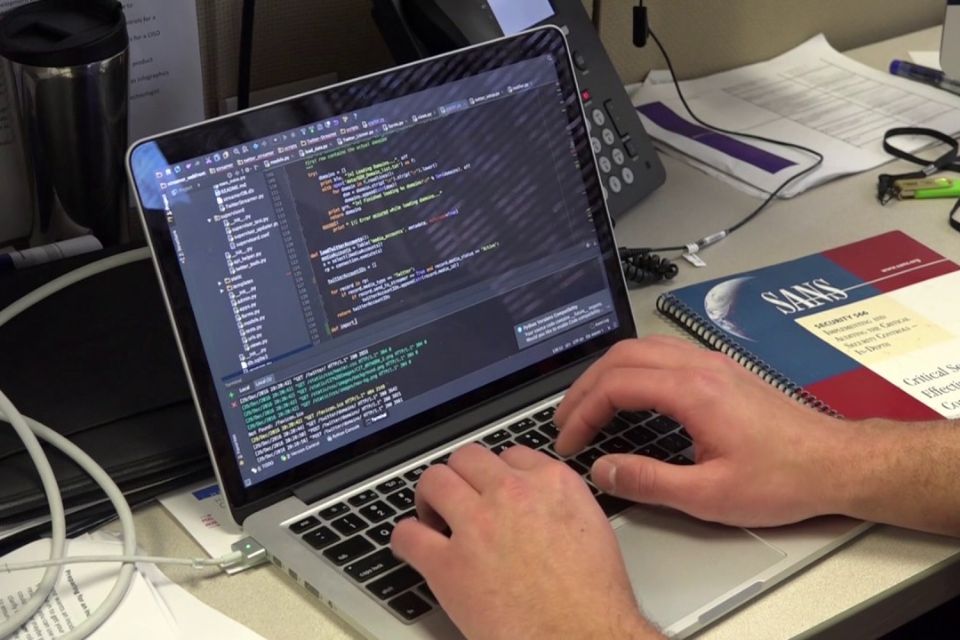Step-By-Step Guidance To Stratified Sampling With Examples

Stratified sampling is a research method in which the population is divided into homogeneous subpopulations known as strata. The population is divided into strata based on specific features such as gender, location, race and identity. Every population included in the study should belong to at least one stratum.
Stratified sampling is used when the population includes people with diverse characteristics, and the research requires representing the sample.
Situations in which Stratified Sampling can be used
Stratified sampling should be used to divide the population into mutually exclusive and exhaustive subgroups. In other words, each person included in the population can be classified into one particular subgroup.
The stratified sampling method is one of the most efficient methods when the subgroups have different mean values for the variables under the study. Some of the benefits of using stratified sampling under such conditions are:
Includes the diversity of the sample
A stratified sampling used involves population members from every sub-group representing the diversity of the population. It includes diverse populations in varied sub-groups, which makes it challenging to implement alternative sampling methods like simple random sampling.
Ensures similar variance
Secondly, ensure that each subgroup has the same sample size for maintaining a similar level of variance. Again, it is not possible to use other sampling methods, as the researcher will end up with varied sampling sizes for each subgroup.
Lowers variance in the population
Even though the overall population is heterogeneous, stratified sampling helps make it more consistent within subgroups.
For instance, if a researcher is analyzing the impact of a new school program on the examination marks of the student, then both the original marks and the new marks are likely to be correlated with family income. Therefore, the scores can be sorted by family income category in such a situation.
In such situations, stratified sampling helps in ensuring exact measures of the variables under research with a low variance inside subgroups and thus the total population.
Allow using varied data collection methods.
Stratified sampling allows using various methods to collect data from numerous subgroups.
For instance, to reduce the cost of data collection, a researcher can use the primary data collection method for urban sampling subjects and secondary methods such as emails to collect data from rural subjects.
Step 1: Define the population and subgroups
In stratified sampling, one should define the population and the kind of sample to be chosen.
Select Features for Stratification
One should start with defining the characteristics used to divide the diverse population. It is an important step, as each person of the population can appear only once in each subgroup.
Dividing the Population among Multiple Characteristics
One can choose to divide the population among multiple features at one, as long as each population member can exactly match one subgroup. For instance, one can get the overall number of subgroups by multiplying the number of members in each characteristic.
For example, if one divides the population based on race and gender, then using four subgroups for the former and three for the latter. Thus, in total, there will be 4*3 = 12 subgroups.
Step 2: Separate the Population Member into Strata
The second step is to list down every member of the population included in the study and assign each member a particular stratum.
For this step, one should ensure that each stratum is mutually exclusive; however, they represent the entire population.
For example, by combining the list of graduates’ names, gender identity, and the degree they have obtained, one gets a long list of strata in total, such as female, male, others, bachelor’s, master and doctorate. The strata give nine groups, and each member of the population is assigned to exactly one group.
Step 3: Plan the sample size for each stratum
It is essential to decide whether the sample should be proportionate or disproportionate.
Proportionate Sampling
The size of per stratum in proportionate sampling should be equal to the proportion of subgroups in the population in total.
Subgroups that are limitedly signified in the total population are also less signified in the sample. For example, the rural population is less represented in most countries.
Disproportionate Sampling
The sample sizes are unequally represented in the total population in disproportionate sampling. The method of sampling can be chosen if one wants to study a particularly underrepresented subgroup with a smaller sample size that becomes difficult to represent.
Sample Size
Finally, the sample size is decided to ensure that each subgroup can draw a statistical conclusion.
Step 4: Randomly Sample for Each Subgroup
Lastly, one should choose and implement an alternative sampling method like simple random sampling, to sample from each subgroup. Such a process ensures that the sample obtained efficiently represent that particular subgroup.
Frequently Asked Questions
What is probability sampling?
Ans. Probability sampling refers to a process in statistics where all members from the target population can get selected in the sample.
When should stratified sampling be used?
Ans. Stratified sampling is the best method to implement when the sample can be divided into mutually exclusive and exhaustive strata or groups.
Can a population group be stratified by multiple characteristics at once?
Ans. Yes, the population can be divided into multiple characteristics at once using stratified sampling; however, one must see that each participant understudy exists to only one subgroup.
Total Assignment Help
Incase, you are looking for an opportunity to work from home and earn big money. TotalAssignmenthelp Affiliate program is the best choice for you.
Do visit :https://www.totalassignmenthelp.com/affiliate-program for more details
Total Assignment help is an assignment help Online service available in 9 countries. Our local operations span across Australia, US, UK, South east Asia and the Middle East. With extensive experience in academic writing, Total assignment help has a strong track record delivering quality writing at a nominal price that meet the unique needs of students in our local markets.
We have specialized network of highly trained writers, who can provide best possible assignment help solution for all your needs. Next time you are looking for assignment help, make sure to give us a try.
Looking for Assignment Help from Top Experts ?
Get the best Assignment Help from leading experts from the field of academics with assured onetime, 100% plagiarism free and top Quality delivery.



